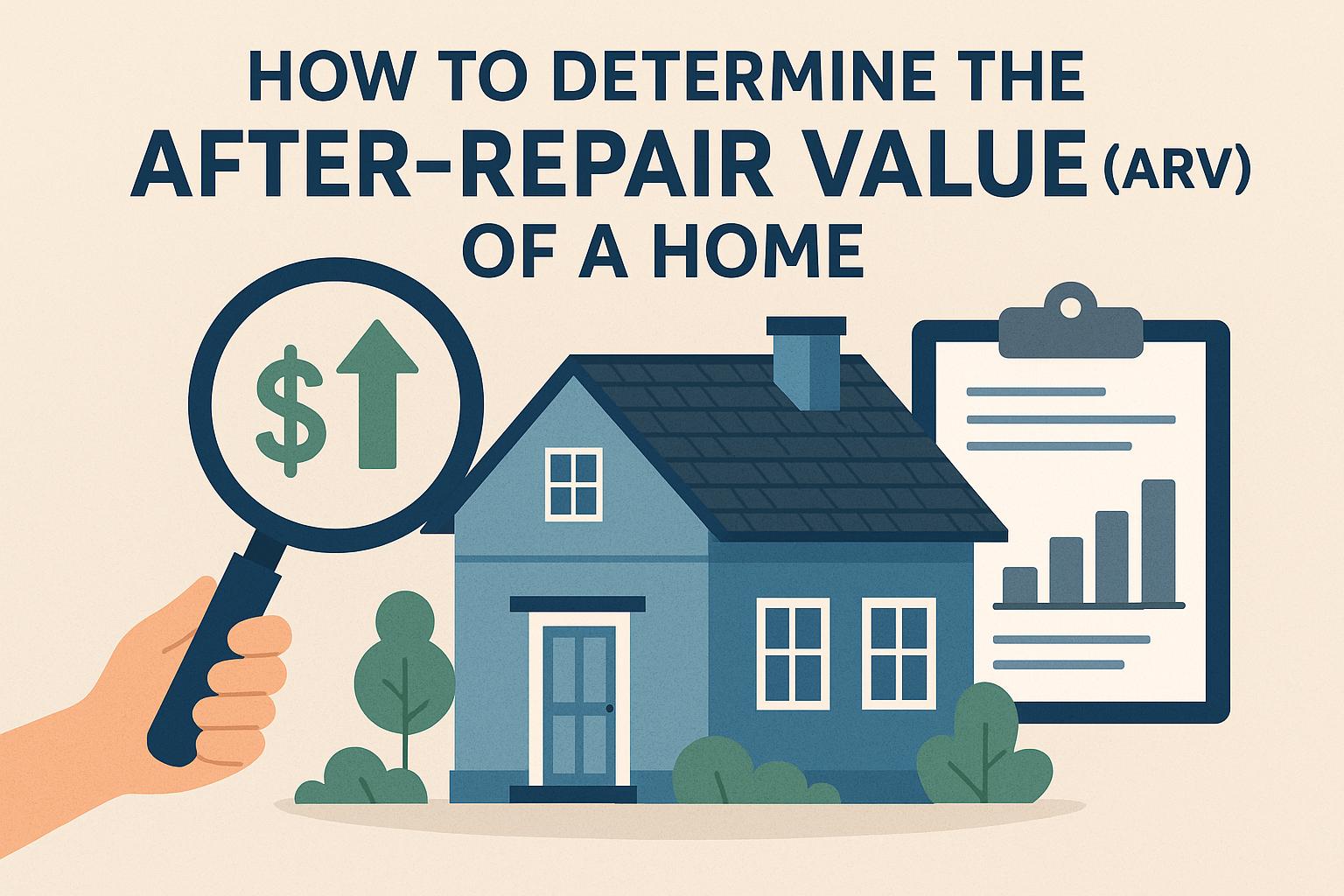
The concept of After-Repair Value (ARV) is fundamental in the realm of real estate investments. It serves as a pivotal metric that allows investors to assess and estimate the future market value of a property once renovations and repairs are complete. Understanding this value is critical for investors aiming to determine the potential profitability of their real estate investments. Accurately estimating the ARV can significantly influence decision-making, particularly in terms of formulating purchase offers and meticulously budgeting for upcoming renovations.
In the pursuit of accurately determining a property’s ARV, several factors come into play:
Comparable Sales: One of the primary determinants in ARV calculation is the analysis of comparable sales, often referred to as “comps.” These represent recently sold properties located within the same vicinity, exhibiting similarities in size, condition, age, and features to the property in question. The evaluation of these comparable properties offers a foundational baseline for estimating the expected post-renovation market value of the home.
Market Conditions: The prevailing condition of the real estate market plays a crucial role in ARV estimation. Market dynamics such as supply and demand have a direct influence on home values. In markets experiencing upward trends, ARV projections might show potential increases, whereas markets facing downturns might necessitate more conservative and cautious estimates.
Extent and Quality of Renovations: The planned renovations’ extent and quality are instrumental in influencing the property’s potential value increase. Investments in high-quality finishes and popular upgrades can lead to a substantial rise in the ARV, making it an essential consideration for investors.
Estimating the ARV is a structured process that involves several key steps:
Research Comparable Homes: The initial step involves identifying a minimum of three to five comparable properties sold recently within the same neighborhood. It is essential to ensure that these properties are akin to the subject property in terms of size, layout, and age.
Adjust for Differences: Recognizing the variations between each comparable property and your subject property is vital. Price adjustments for each comp are necessary to account for these differences. Common value adjustments may include considerations for additional features like an extra bathroom, a garage, or a pool.
Analyze Market Trends: Understanding recent market trends is crucial to gauging price fluctuations over time within your area. Resources such as Realtor.com’s research section or local property tax records can be useful tools in this analysis.
Estimate Renovation Impact: Assessing the potential value increase based on planned renovations is a pivotal step. Engaging local contractors or utilizing online renovation calculators can aid in accurately estimating renovation costs.
Calculate ARV: With all the adjustments and analyses in place, apply your insights to estimate the ARV. For example, if the average adjusted comp price is $250,000, and the renovations are projected to add $40,000 to the home’s value, the ARV could be approximately $290,000.
For individuals not well-versed in real estate valuation, seeking the assistance of professionals such as real estate agents or appraisers can provide substantially more precise ARV estimations. These professionals bring experience and possess access to comprehensive market data which can significantly refine your calculations.
The calculation of After-Repair Value (ARV) is an integral step that affords real estate investors a clear understanding of a property’s potential profitability. By meticulously evaluating comparable sales, considering prevailing market trends, and precisely estimating renovation impacts, investors are equipped to make well-informed investment choices. This process not only aids in shaping investment strategies but also ensures that real estate decisions are grounded in robust analysis and evidence-based projections.
Comments are currently closed.